Marketing
7
min read
Harnessing the Voice of Customer to Propel Business Growth
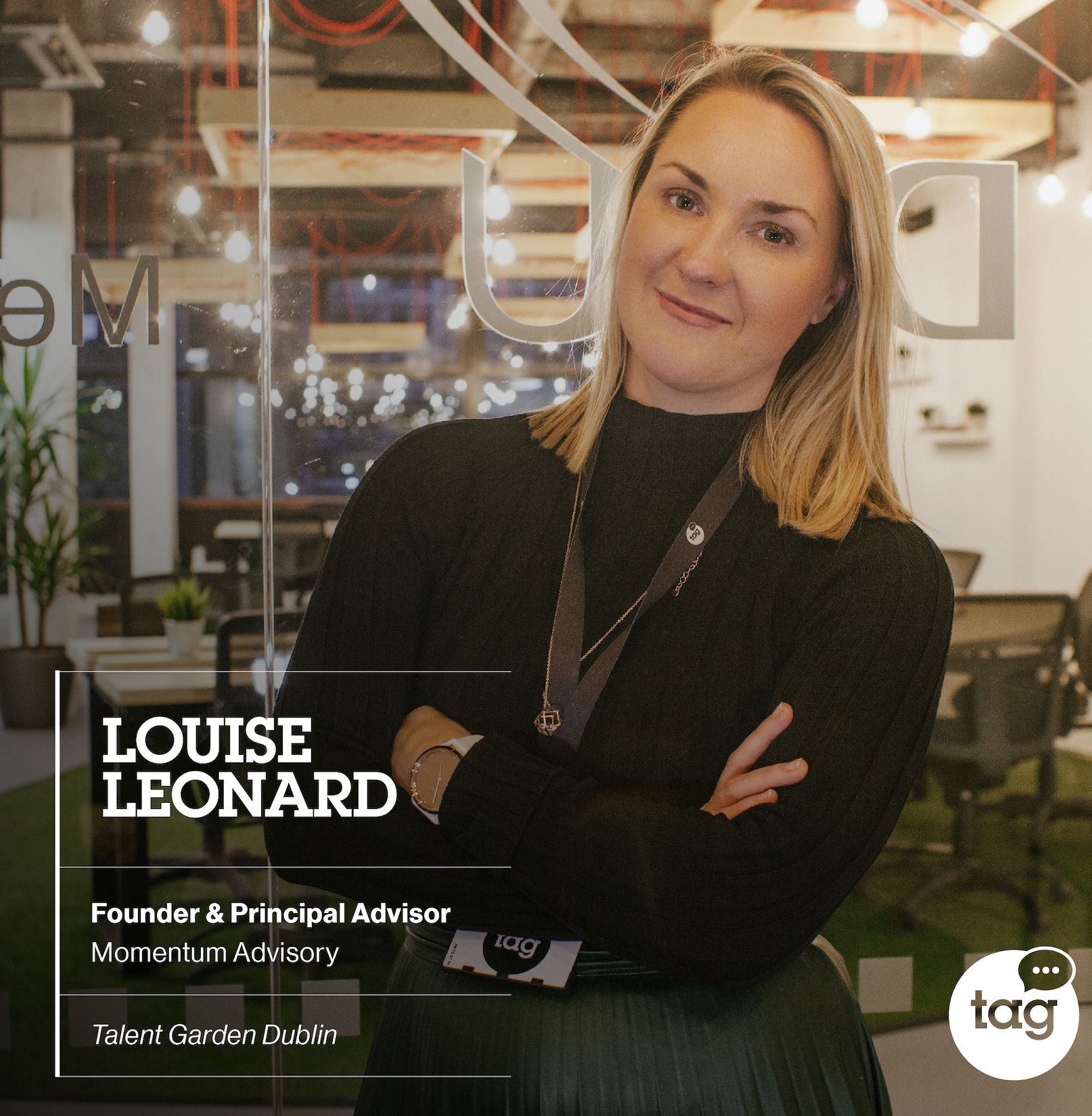

Don't you want to read? Try listening to the article in audio mode 🎧
As World Entrepreneur's Day is fast approaching us on 21st August, Louise Leonard- entrepreneur, founder of Momentum Advisory and member of Talent Garden Dublin takes us through the topic of the Voice of Customers in propelling business growth. Louise’s intuitive style and coaching background allows her to quickly identify the challenges facing businesses, and her pragmatic approach means that companies are enabled and empowered to bring about change. “As a consultant, trainer and coach, I typically operate within the field of sales and marketing, which is relevant to all community members. Yet, I had to think hard about what aspect within that would be relevant to all and so there are a few things that drove the motivation to speak about the VoC. “ Louise's TAG Talk "Harnessing the Voice of Customer to Propel Business Growth" is available to watch here.
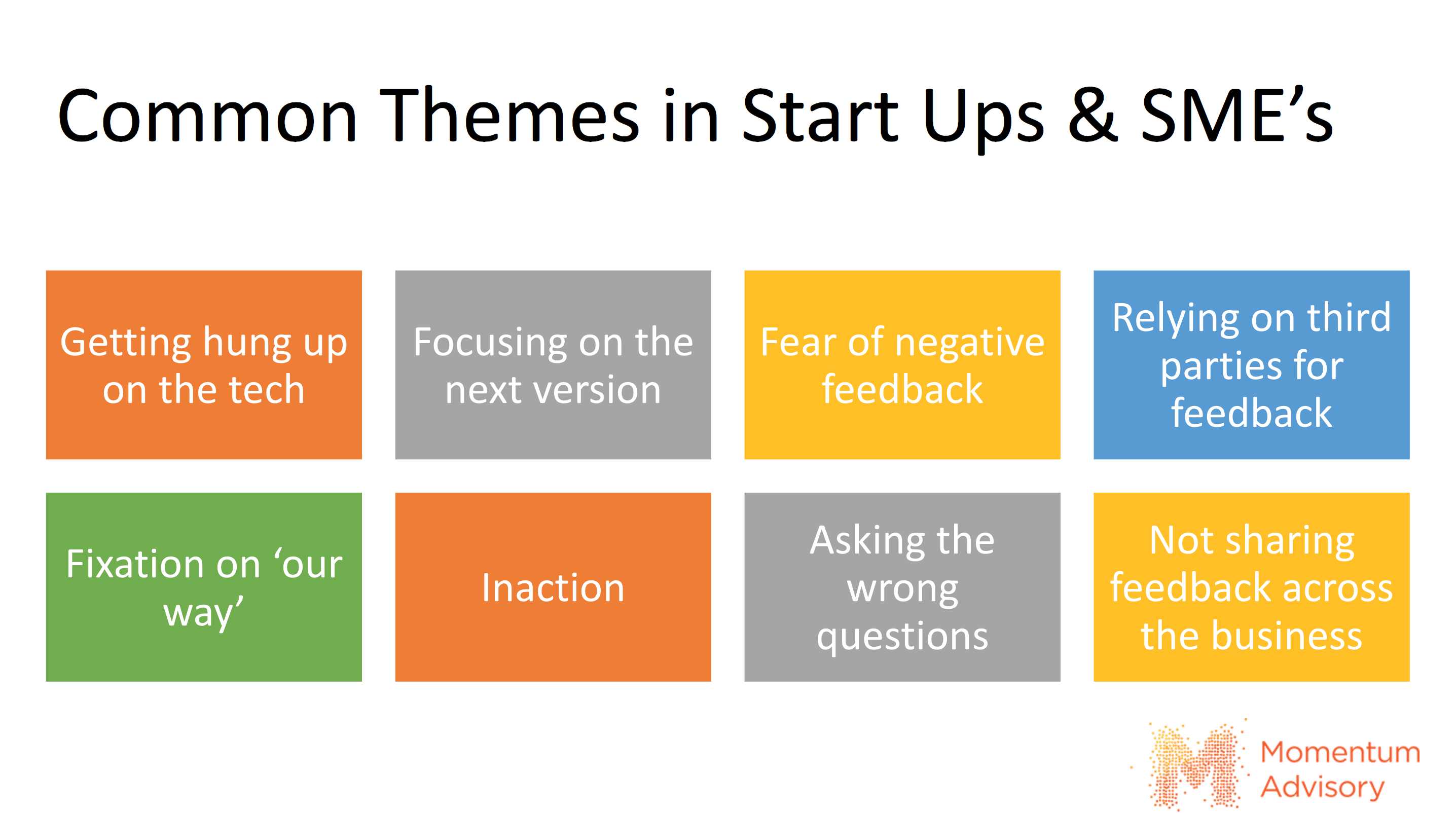
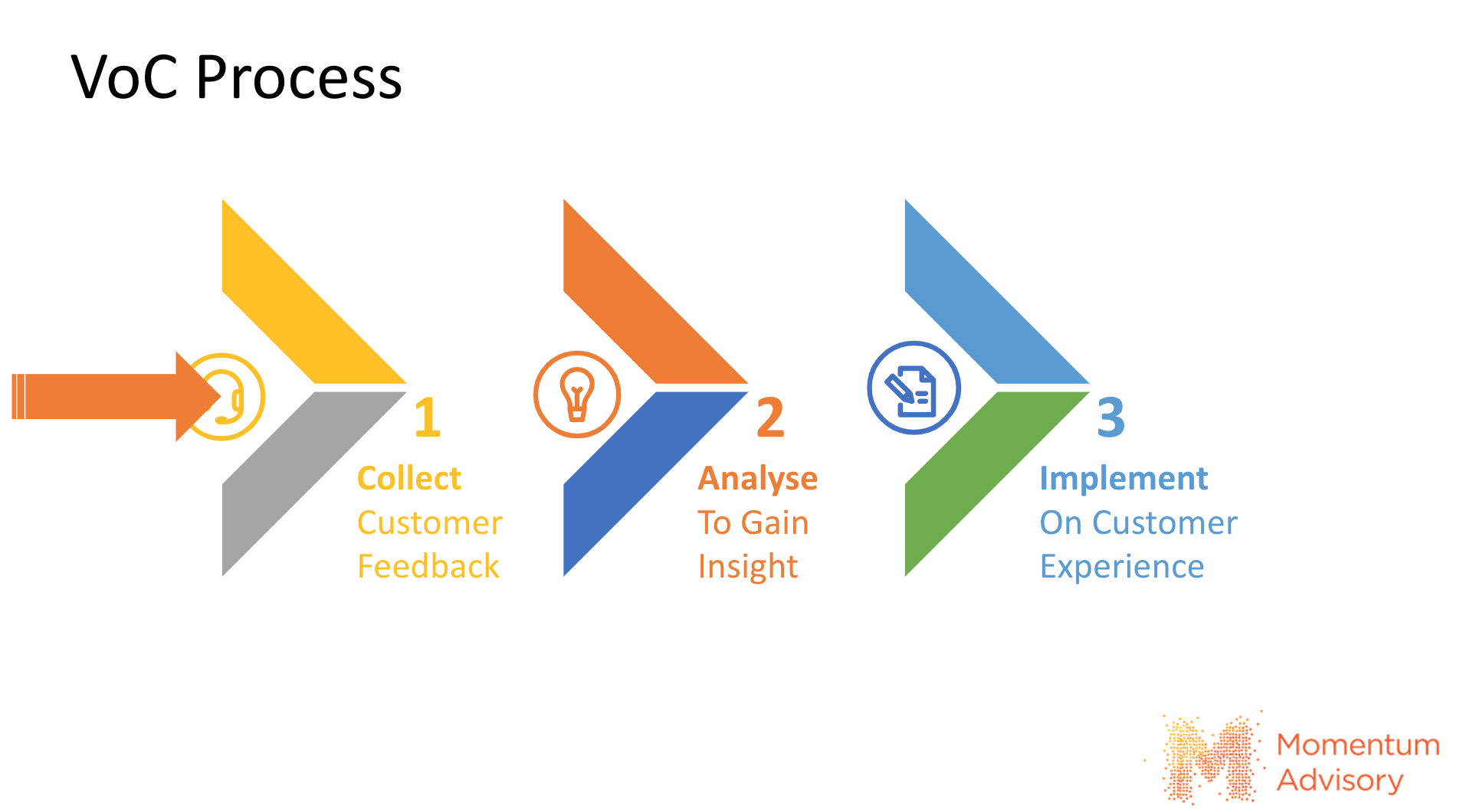
What is the Voice of Customer (VoC)?
The term “Voice of Customer” has been in use since 1993. VoC programs have gained traction over the years and are fast-growing segments of a core business strategy for organisations. They work exceptionally well for brands as customers demand more direct engagement with a firm and because capturing and acting on customer feedback is critical to understanding a prospect’s complex decision-making process. We see B2B organisations taking more notice now too as they become more customer centric.Why is it important?
Imagine this, what if we told you there was a way….- You could increase your customer retention figures?
- You could improve your employee engagement levels?
- You could increase your upselling and cross selling rates by 15-20%
- You could increase your year-on-year revenues by almost 10 times?

Why Pay Attention to VoC?
- It helps businesses understand customer needs directly and have more open communication channels.
- Businesses can identify where the challenges are in UX and make changes.
- Improved partnership as people feel heard when you listen and take action.
- Finding out more about your customer helps your profiling and targeting and ensures you find the right type of customer for you, which builds efficiency and productivity.
- Amend process/customer experience to reduce or eliminate the costly elements.
- Customers are more positively disposed to you and will tell more of the right people.
- Understanding your customers perspective on value, value pricing and what they are prepared to pay for your offering.
- By putting your customer front and centre of all you do, as well executing on a number of other themes puts you in a winning position.
- Understanding needs, states or pains allows you to figure out your messaging, value propositions and unique selling point, and to communicate across the relevant channels that you know your customer inhabits.

9 Ways to Collect VoC Data
It is the responsibility of companies to decide which methodologies will work best for themselves. For example, if you are involved in consultative selling of high ticket items, some of the more personal methodologies will remain true, whereas if you sell products or services at lower ticket prices in mass volumes, harnessing resource efficient methodologies may work best.1 | Customer interviews
Customer interviews are one of the traditional techniques in collecting VoC data. It is commonly used to understand particular customer point-of-view regarding product or service issues, attributes, and performance measures. You can choose to perform this for either a particular customer or for a group of customers with some common attributes. This may be expensive and time consuming, but is highly personal and builds relationships, allows you to gain deep understanding and go off plan where required. Interviews in person allows you to read body language which can be a huge indicator of satisfaction/dissatisfaction that you won’t receive from other methodologies.2 | On-site customer surveys
On-site is on the website. The benefit is that it allows you to segment answers based on user profile. It can also trigger these on the website exit or pop up. However, a lot of thought needs to go into designing surveys because of this segmentation. Questions need to be relevant to the experience they just had or to the type of user they are. It would be smart to consider yes/no type surveys, multiple option-based surveys, drop-down surveys, and textbox-based surveys. The downside to this is that it is process driven, and therefore is difficult to analyse further unless you have permission from the respondent to contact them.3 | Live Chat
Live chat is not for everyone, and is typically an e-commerce feature though more B2B marketers are adopting the technique from a service provision and lead scoring point of view. Having an on-site chat is an incredible method of collecting real-time customer feedback and reducing the possibility of your customers feeling unsatisfied. These chats are usually query related with support offered immediately. There are options to have live chat always on or at specific times, and can be outsourced to reputable providers. Live chats can also be cost efficient when managed correctly.4 | Social Media
Social media is a great resource for collecting VoC data online. Your customer’s posts describing positive interactions or sharing complaints with your company provides a great insight into their expectations, and how your company is currently delivering on those. Social listening is more than Facebook, LinkedIn and Twitter. You can also collect feedback from online forums, blog comments, and product review sites - anywhere your customers can express themselves online. You may decide to be an active participant in these, or merely to lurk. Although the downside is that it may be challenging to turn these reviews into hard data.5 | Web behaviour
Besides chat and on-site surveys, another way to collect VoC data is by analyzing your customer behaviour on the website, specifically through navigation. Use tools that can help you identify your website hotspots so that you will begin to understand your visitors information needs and preferences and be able to work out the ideal journey. Your website is part of the customer experience so it pays to understand it.6 | Online Customer Reviews
Online customer reviews are typically used by businesses selling online, but can also do other jobs for you e.g. online reputation management, SEO contributor etc. Third party sites such as trustpilot and capterra can show that your offering is trustworthy and showcases a good track record. Where trust is important, you can learn a lot here about the total customer experience.7 | Surveys
Offsite surveys allow you to scale the effort. It allows for specific structure, and cannot go beyond the structure. It may seem impersonal and difficult to decipher how it benefits the respondent. If using this method, it is key to always think about the end goal and how likely you are to act upon the feedback provided. As mentioned, not acting on it sends a negative message. The customer will believe ‘we thought they cared’, so always follow up with results of the effort.8 | Net Promoter Score
How likely are you to recommend your company to a friend or a colleague? Net promoter score (NPS) specifically looks at loyalty by asking the right question. What’s important about the NPS survey is that it focuses the customer on their entire experience with your product or service, not just the most recent encounter, giving great insight into the customer service you deliver. This can be limited in terms of quality or specifics of data but where loyalty is priority, it’s worth looking at. It can also be added to on-site surveys, emailed after product delivery etc.9 | Focus Groups
Focus Groups can be challenging to coordinate and moderate, and expensive but can harness existing perspectives and insights while fuelling ideas on what improvement looks like.Conclusions
If there’s one discipline you adopt in terms of intelligence gathering, make it the VoC. Your customers, shareholders, and financial advisors will thank you for it! VoC is critical when looking to grow your business- and now is the perfect time to prioritize this. The VoC technique helps you discover where you might be failing on customer expectations and address that moving towards improved customer experience. The most important lesson is that the voice of the customer holds value and the effort to collect does not need to be mammoth, but it needs to happen. As an expert in this area, Louise is passionate about the customer because it is her company's specialty to help business craft value propositions, understand needs and plan how to best serve and service. There are many early stages and some more mature businesses in the community, but one common denominator is that we are all aspiring towards growth. Growth comes in two ways, either acquiring new customers and or harnessing existing ones. And, in order to do either of those things, businesses must understand the customer. Louise is also a firm believer in the value and discipline of continuously gathering intelligence. Intelligence comes not just from markets and market data, but from developing customer insights. We can’t develop those insights, without speaking to customers!About Louise Leonard
Louise Leonard has almost 20 years experience in sales and marketing with experience working on the agency side on leading Irish and International brands such as Guinness, Budweiser, Carphone Warehouse, and Castlethorn. She has managed Enterprise Ireland’s International Selling Programme with the Dublin Institute of Technology through 8 iterations while working with over 600 SMEs across the full spectrum of sectors in that time. Louise is the Founder and Principal Advisor at Momentum Advisory, based in Talent Garden Dublin.Louise's TAG Talk "Harnessing the Voice of Customer to Propel Business Growth" is available to watch here.
Article updated on: 17 August 2023

Don't Waste Your Talent. Turn It Into a Career With a Course That Fits Your Needs!
Talent Garden is your Digital Skills Academy, offering courses in Digital Marketing, UX Design, Digital HR and Data Analysis designed to launch your career.
Keep reading
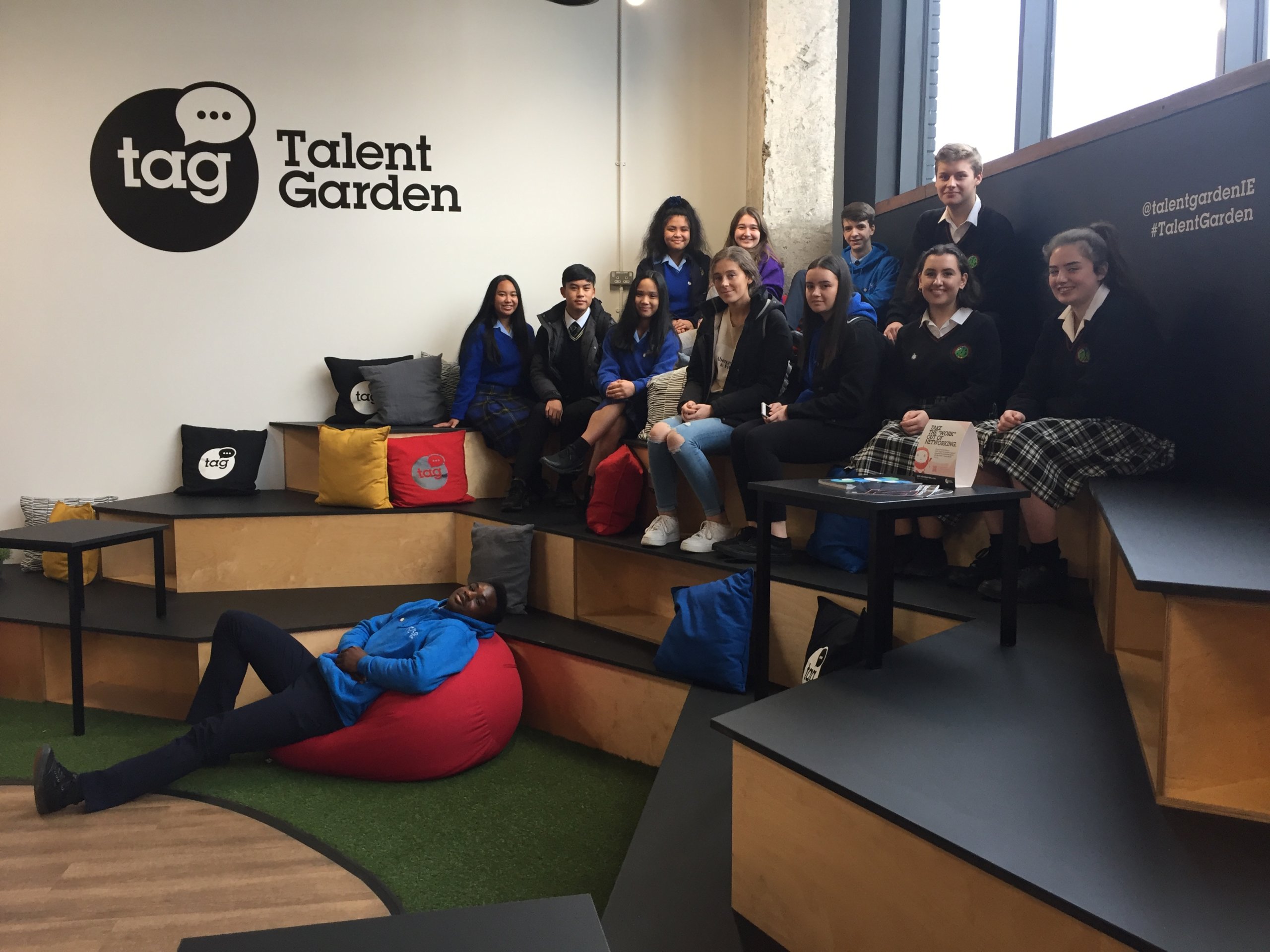
2
min read
Localise Youth: Combatting COVID with Compassion
As World Entrepreneurs Day is fast approaching, we're reflecting on our wonderful community members at Localise Youth ...
Talent Garden
25/06/2020

3
min read
Hack Access - Striving to Solve Accessibility Challenges Around the World
We love to celebrate our Talent Garden members and showcase the work they are doing as entrepreneurs, innovators and ...
Talent Garden
22/08/2019

8
min read
Bill Liao: Balancing the Roles of Environmentalist and VC
Our VC in Residence programme is designed for entrepreneurs and startups to access the advice and support of ...
Talent Garden
20/07/2020
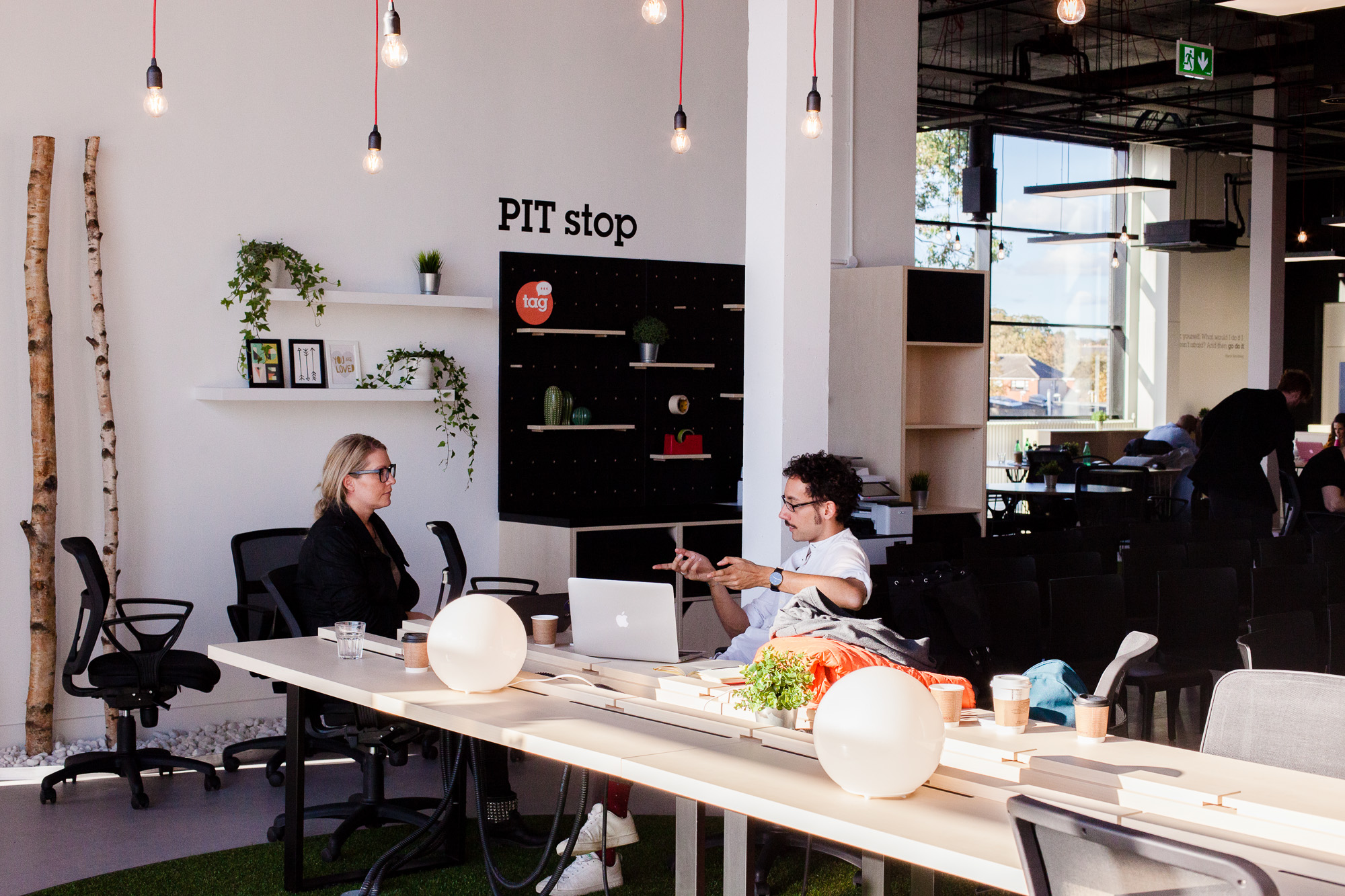
5
min read
7 Reasons Why a Tech Startup Grows Faster in a Coworking Space
What Difficulties Do Startups Face in Early Stages? Behind tech startups often lie restless, entrepreneurial minds that ...
Talent Garden
18/09/2020
